Schmersal Sensors
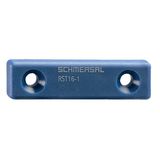

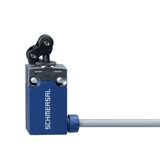

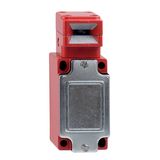


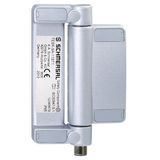
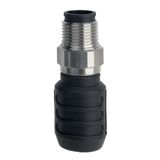
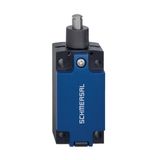
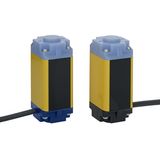

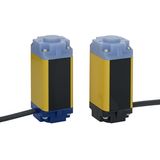
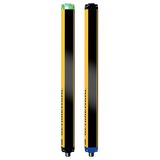
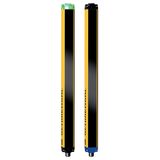




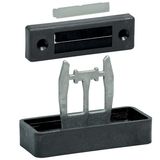

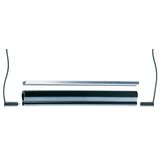
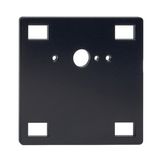

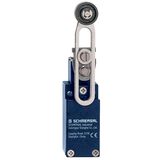


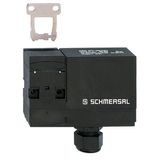

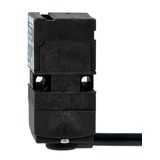
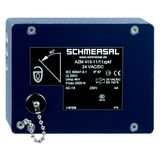
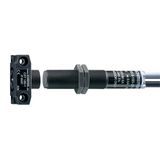
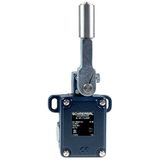
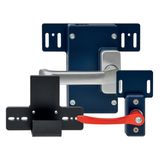
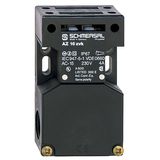
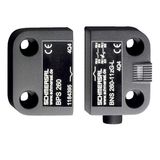
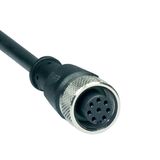
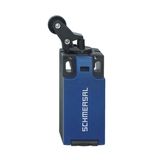
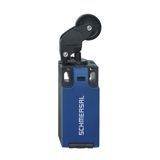
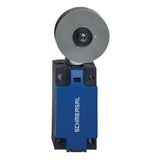
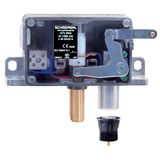



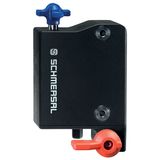
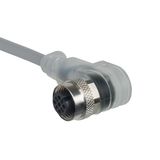
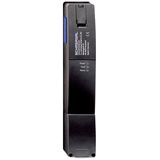
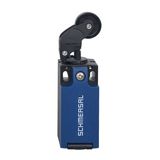


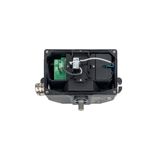
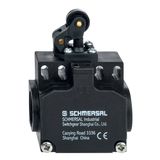
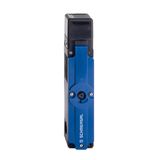
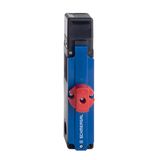
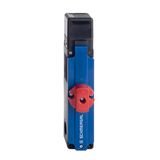
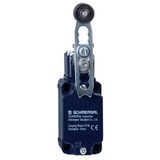
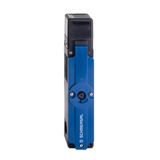



schmersal sensors portfolio for machine guarding and automation
OEMs and integrators use this range when machine states must be captured reliably and guard status carried to the safety logic without guesswork. Housings suit panels, doors, and moving axes; M12 plug versions keep change-outs fast; pigtail types help in wash-down. Protective ratings typically reach IP67 with IP69K on selected stainless and hygienic bodies. Outputs are OSSD, PNP/NPN, or relay (model-dependent), so you can land directly on safety controllers or standard PLC inputs as required.
schmersal safety sensors architectures and safety levels
Safety-rated sensing covers magnetic, RFID, and coded transducers for guards; light curtains and scanners sit higher in the envelope. Dual-channel, cross-short monitored inputs with test pulses support Performance Level up to PL e (ISO 13849-1) and SIL 3 (IEC 62061/61508) when applied per the data sheet. Response times sit in the few-millisecond range; EDM and discrepancy checks are available in the controller to assure contactor feedback before reset. Diagnostic coverage is practical: local LEDs, teach buttons on some coded types, and fieldbus gateways for aggregated status.
schmersal non-contact sensors technologies and alignment tolerances
Magnetic and RFID heads read through small gaps and tolerate door float, making them ideal for plastic guards and misaligned hinges. Coded variants reach “high coding” per ISO 14119 to reduce defeat risk; teach-in versions simplify actuation on replacement. Switching distance, hysteresis, and permissible misalignment are documented per family, with stainless and hygienic housings for food/CIP zones. Where simple presence/position is enough, inductive and capacitive models provide robust switching with repeatability suited to jigs and fixtures.
schmersal interlock sensors door concepts and coding
For guards that must be held shut until hazards stop, solenoid-locking bodies combine position sensing with monitored locking. Power-to-lock or power-to-release concepts are offered; auxiliary releases and escape releases cover risk assessments on large cells. High-coding actuators (RFID) address tamper concerns; selectable holding forces and door-catch geometry minimise bounce on vibrating frames. These devices interface cleanly with safety relays or controllers via OSSD or force-guided contact chains.
Technical specifications and standards engineers expect
- Electrical: 24 V DC nominal; OSSD outputs with short-circuit/earth-fault detection; conventional PNP/NPN or relay variants for non-safety signalling.
- Ingress/impact: IP67 on general duty; IP69K and stainless housings for aggressive cleaning. Shock/vibration tests per IEC 60068 series.
- Environment: operating −25…+70 °C typical; extended temperature and chemical-resistant faces available where coolants or detergents are present.
- Interfaces: M12 A-coded 4/8-pin plugs or cable tails; teach/diagnostic buttons on coded heads where alignment is tight.
- Standards: ISO 14119 (interlocking), IEC/EN 60947-5-3 (prox./non-contact safety), ISO 13849-1 and IEC 62061 (PL/SIL), IEC 60204-1 (machine wiring), EN 61000-6-2/-4 (EMC).
For motion feedback and fixture confirmation, planners often specify schmersal position sensors on axes and slides; for target detection on tooling, schmersal proximity sensors sit on brackets with quick-change spacers.
Product range and series overview
- Guard monitoring: magnetic and RFID heads (standard and high coding), available as separate head/actuator pairs or integrated slim bodies for frame edges.
- Interlock/guard locking: solenoid-locking units with monitored latching, auxiliary release, and optional escape release; versions for sliding and hinged doors.
- General automation: inductive/capacitive proximity, optical fork/through-beam, and reed sensors for cylinders; stainless and miniature series for tight spaces.
- Connectivity: distribution boxes, Y-leads, and AS-i/IO-Link gateways where channel counts justify aggregation and richer diagnostics.
Applications and compatibility
Packaging cells: coded non-contact heads on polycarbonate doors; inductives on in-feed screws. Assembly lines: slim magnetic sensors on light guards; interlocks on long sliding doors with EDM monitored. Food and pharma: stainless, IP69K units on hatches; cable tails routed through hygienic glands. Retrofit work benefits from adapter plates that drop new heads onto existing hole patterns.
Integration with other brand products
Sensors land directly on Schmersal safety controllers and expansion I/O; diagnostics pass to PLCs over the plant fieldbus. Mechanically, brackets, glands, and DIN hardware align with your enclosure and tray standards, so routing and labeling match the rest of the cabinet. In mixed platforms, use interface gateways so safety bits and standard status share the same network without extra cabling.
Selection criteria for B2B clients
- Risk and reset: define PL/SIL target and reset philosophy; pick high-coding and guard-locking where defeat risk or over-run energy exists.
- Mounting geometry: choose body style to suit hinge/slider; check switching distance and misalignment limits against door play.
- Interface: OSSD for straight safety integration; PNP/NPN/relay for standard PLC points; consider IO-Link for deep diagnostics on non-safety channels.
- Environment: match IP/chemicals/temperature; specify stainless/IP69K for CIP and high-pressure cleaning.
- Cabling: standardise M12 pinouts, cable lengths, and connector orientation; plan distribution boxes where sensor density is high.
- Serviceability: prefer teach-in and LED diagnostics; keep spare actuators and pre-terminated cords to cut downtime.
Advantages of working with Bankoflamps
You get individual B2B prices tailored to your BOM, a personal account manager, and real-time stock across our and partner warehouses. Submit a quote request online and expect a rapid reply—usually within 1 hour. Place orders fast by EAN/MPN and download current price lists any time. Your portal shows lead times and order status, with purchase-history access to standardise part families across lines. Trusted clients may use post-payment up to 30 days. We group ready items via consolidated order management to reduce freight, provide smart delivery cost estimates at order and confirm before dispatch, and issue stable prices with validity dates so phased builds stay predictable.